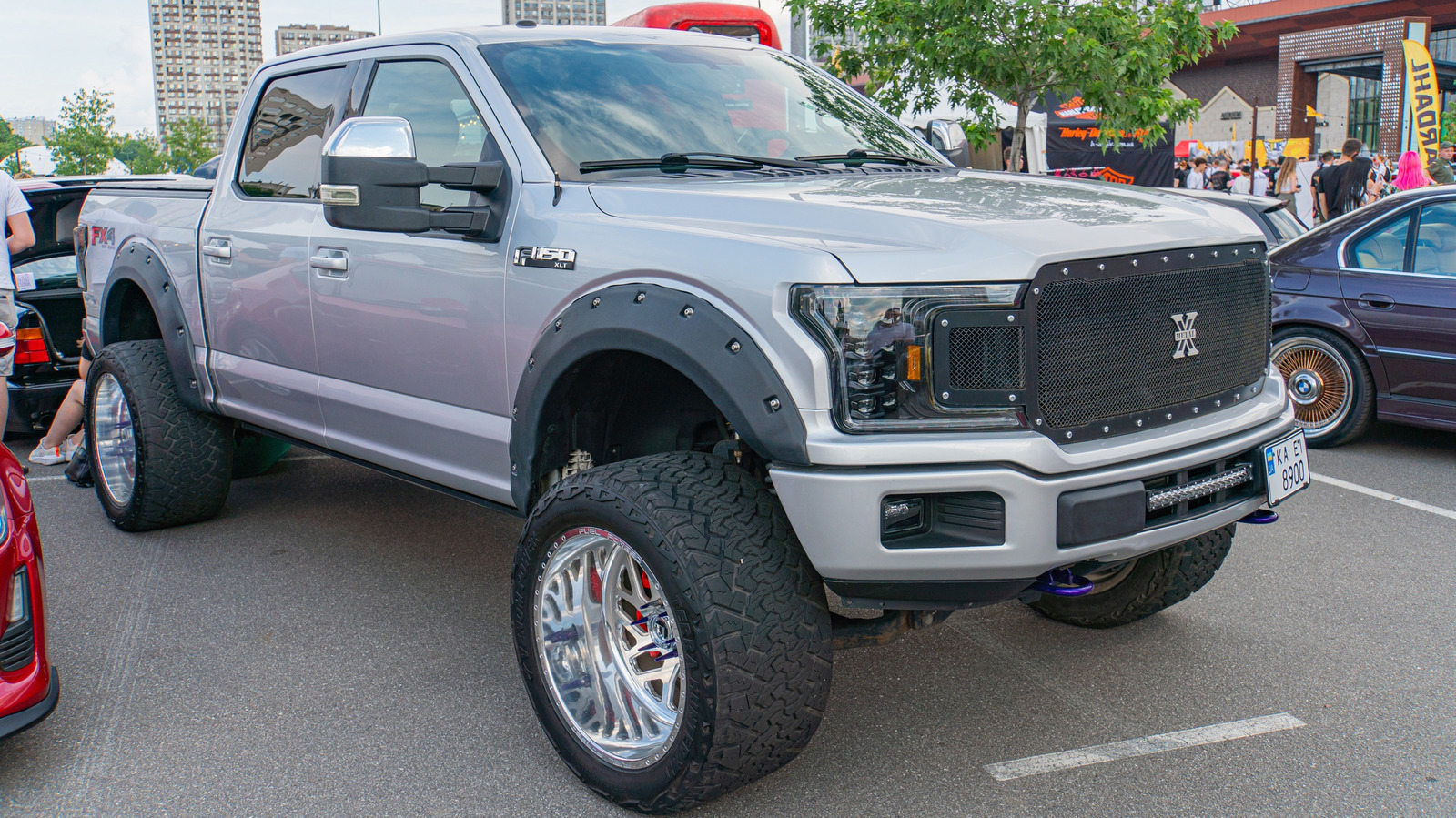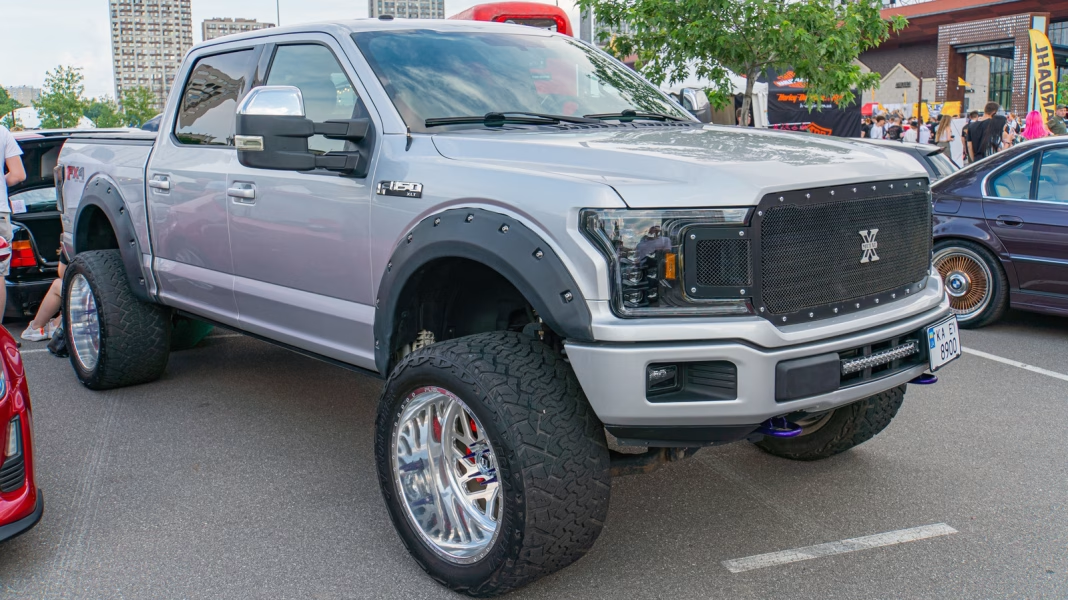What Changes When You Lift Your Truck?
Thinking about lifting your truck? You’re not alone. Whether it’s for show, off-road adventures, or just to stand out in the grocery store parking lot, a lift kit can seriously transform your ride. But before you take the plunge, it’s worth understanding exactly what’s going to change—beyond just the view from your driver’s seat.
Lifting a truck typically involves raising the suspension or body to increase ground clearance. This means you can fit bigger tires, tackle tougher terrain, and give your truck a more aggressive look. But it’s not just about aesthetics. According to a 2023 report from SEMA (Specialty Equipment Market Association), more than 15% of truck owners in the US have installed some form of lift, highlighting just how popular this modification has become.
What Are the Real Benefits of Lifting Your Truck?
Let’s start with the good stuff. The most obvious perk is improved off-road capability. A higher ride height means you’re less likely to scrape your undercarriage on rocks, logs, or uneven trails. For folks who love camping, hunting, or exploring backcountry roads, this can be a game-changer.
Then there’s the visual appeal. A lifted truck just looks tougher. It commands attention and can even increase resale value in certain markets where off-roading is a way of life.
Another plus? Better visibility. Sitting up higher gives you a clearer view of the road ahead, which some drivers find boosts their confidence—especially in heavy traffic or on winding rural routes.
Are There Downsides to Installing a Lift Kit?
Here’s where things get real. Lifting your truck isn’t all upside. For starters, it can change the way your truck handles—sometimes dramatically. A higher center of gravity increases your risk of rollovers, especially when cornering or making sudden maneuvers. The Insurance Institute for Highway Safety (IIHS) has noted that vehicles with raised suspensions are more prone to tipping in certain accident scenarios.
Fuel economy is another consideration. Bigger tires and more wind resistance mean your truck will likely burn more gas. According to a 2022 AAA study, some lifted trucks see a drop in fuel efficiency by as much as 10-15%. That adds up, especially if you’re driving long distances or using your truck for work.
Maintenance costs can also creep up. Suspension and steering components may wear out faster, and some dealerships might even void parts of your warranty after a lift. It’s smart to check with your manufacturer or a trusted mechanic before making any permanent changes.
How Does a Lift Kit Affect Everyday Driving?
You might be surprised by how much a lift kit can change your daily commute. Parking garages suddenly feel a lot tighter. Drive-thrus? Sometimes a squeeze. And if you’re not used to climbing up into your truck, you’ll definitely notice the extra step.
Handling feels different, too. Some drivers report a rougher ride, especially if the lift kit is more focused on off-road performance than comfort. Braking distances can increase, and steering might feel less precise. It’s not a dealbreaker for everyone, but it’s worth taking a test drive in a similar setup before committing.
What Should You Consider Before Lifting Your Truck?
Before you order that shiny new lift kit, ask yourself a few key questions. What’s your main goal—looks, off-road capability, or both? How much are you willing to spend, not just on the kit itself but on installation, alignment, and future maintenance?
It’s also crucial to think about local laws. Some states have strict regulations about ride height and bumper placement. Getting pulled over for a too-tall truck isn’t anyone’s idea of fun.
Finally, consider insurance. Some providers may raise your rates or limit coverage on modified vehicles. A quick call to your agent can save you headaches down the road.
Is Lifting Your Truck Worth It?
At the end of the day, lifting your truck is a personal decision. For some, the benefits far outweigh the drawbacks. For others, the trade-offs—higher costs, different handling, and ongoing maintenance—just aren’t worth it.
The big takeaway? Lifting your truck isn’t about perfection—it’s about smarter adjustments. Start with one change this week, and you’ll likely spot the difference by month’s end.


